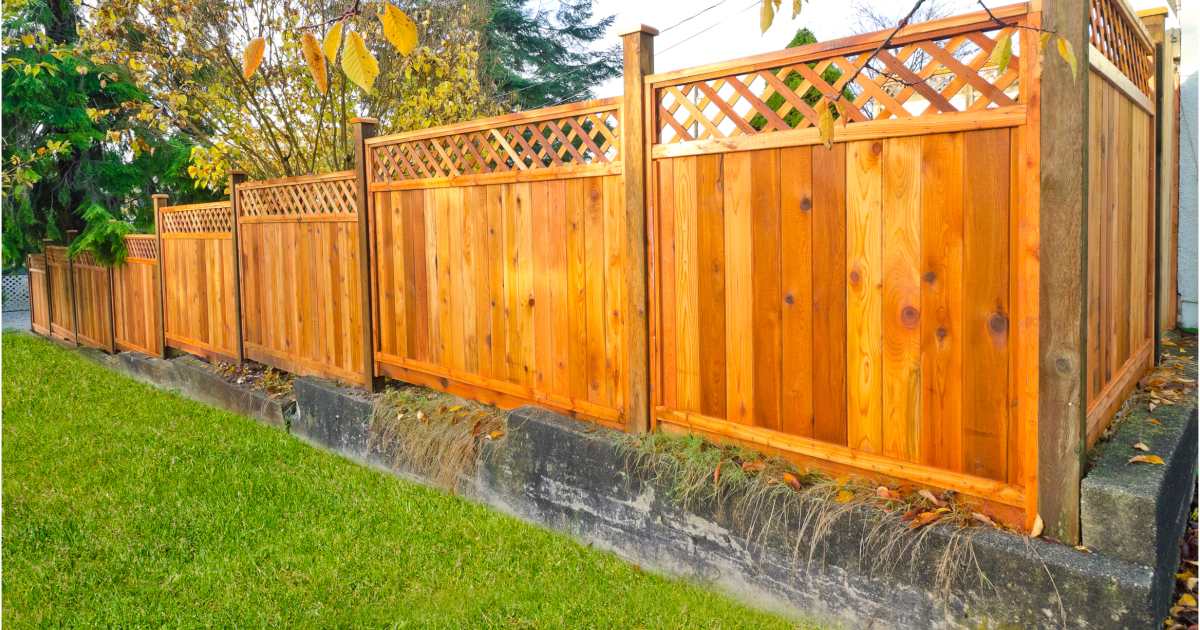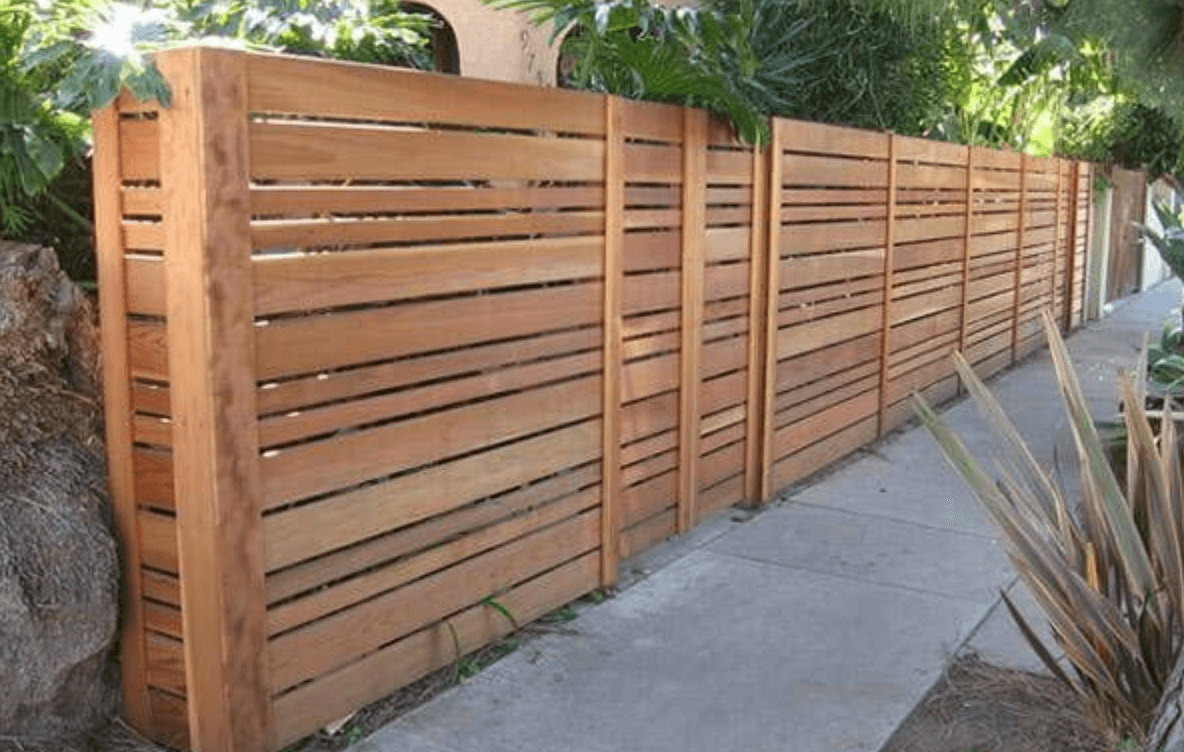All Categories
Featured
Fences offer many benefits for homeowners, consisting of privacy, protection, and boosting aesthetic appeal. Even the most well-constructed fencings will not last permanently. Gradually, direct exposure to weather, bugs, and natural wear can create a fence to deteriorate. While some problems can be repaired, others might require complete substitute to restore the performance and look of your building. Here are a number of crucial indications that your fence may require to be replaced.
![]()
![]()
![]()
Verdict. Whether it's via physical damage, insect problems, rot, or just the all-natural progression of time, acknowledging the signs that your fencing needs to be replaced can aid you make an enlightened decision regarding when to take action. By replacing your fencing at the best time, you can ensure that your residential or commercial property remains secure, visually appealing, and functional for years to come.
- Significant Physical Damages. Physical damages to a fencing can be triggered by different factors, consisting of severe climate, fallen trees, or crashes. If numerous panels are damaged, or the blog posts are totally compromised, the fence will no longer offer its main objective of providing safety and privacy.

- Decaying and Decay. Over time, the rot can spread out throughout the fence, deteriorating its structural honesty. While localized locations of decay might be fixed, if the rot is prevalent, replacing the fencing is usually the ideal alternative.
- Leaning or Tilting. A leaning fence is a clear indication that the posts may have been harmed or that the dirt around the articles has actually shifted. If the leaning is serious, or if attempts to correct the articles have not worked, changing the damaged sections or the entire fence might be needed to preserve safety and security and stability.
- Insect Invasion. Insects such as ants, termites, and rats can cause extreme damages to wood fences. Termites, for example, can passage via the wood, triggering considerable interior damage that isn't visible from the outside. If you see little holes, sawdust around the base of the fencing, or proof of insect task, it is essential to do something about it promptly. Oftentimes, insect infestations can weaken the fence to the point where repairs will certainly not be sufficient, and replacement might be required.

- Corrosion or Rust (For Steel Fences) Steel fences, consisting of chain-link, light weight aluminum, and wrought iron, are susceptible to corrosion and rust, particularly in locations with high dampness or salt direct exposure. With time, rust can gnaw at the metal, deteriorating the framework and creating the fencing to come to be unsteady. Repair work may not be sufficient if the corrosion is considerable and affecting the stability of the fencing. In this situation, replacing the steel sections or the whole fence is the ideal remedy.
- Fading or Discoloration (For Plastic Fences) Vinyl fences are a preferred selection as a result of their reduced upkeep and durability. They can start to fade or stain over time due to direct exposure to sunshine and rough weather condition conditions. While some fading can be cleaned with appropriate cleansers, too much staining might make the fence look unsightly. If the fence is showing signs of considerable fading, especially if it influences the total look of your building, replacing it with a brand-new plastic fencing or a different material may improve both visual appeals and capability.
- The Fence is Outdated or No More Meets Your Requirements. In some cases, the requirement to change a fence isn't as a result of damage, however due to the fact that it no more fits your needs or the style of your home. If your fencing is outdated, doesn't supply enough privacy, or no longer offers the level of security you require, it may be time for an upgrade. In addition, if your initial fencing was constructed for a particular objective, such as keeping pet dogs in, today you need an even more strong obstacle for personal privacy or protection, a substitute will certainly make certain the fence offers your existing requirements.

- Frequent Repair Costs. If you find on your own consistently repairing sections of your fence, it may be extra cost-effective to replace the entire structure rather than consistently patching it up. Constant repairs can build up over time, and a fence that calls for continuous focus may not be offering the protection and performance you need. A new fencing can conserve you money in the future by minimizing ongoing maintenance costs.
- Fence No Longer Supplies Personal Privacy or Safety. The primary purposes of many fences are to give privacy and security. If your fencing is no longer offering these functions-- whether due to spaces, deteriorated structure, or simply an outdated layout-- it may require to be replaced. A fence that does not offer ample privacy can leave your residential or commercial property revealed, while a fencing that's no longer secure can compromise the security of your home.
- The Fencing is Near completion of Its Life expectancy. If your fencing is surpassing this age or coming close to and reveals several indicators of wear, it's a great idea to start planning for a replacement. Also if the fencing shows up to be in suitable condition, an old fencing may be extra at risk to damage, and changing it proactively can save you from dealing with unforeseen problems down the road.
Verdict. Whether it's via physical damage, insect problems, rot, or just the all-natural progression of time, acknowledging the signs that your fencing needs to be replaced can aid you make an enlightened decision regarding when to take action. By replacing your fencing at the best time, you can ensure that your residential or commercial property remains secure, visually appealing, and functional for years to come.
Latest Posts
Learn How to Reduce Expenses on Car Maintenance with Montclare Auto Repair’s Exclusive Deals
Published May 27, 25
1 min read
Specialist Commercial Roof Solutions in North Platte, Nebraska
Published May 24, 25
2 min read
Dependable Expenses Door Solutions for Residences and Services
Published May 23, 25
1 min read
More
Latest Posts
Learn How to Reduce Expenses on Car Maintenance with Montclare Auto Repair’s Exclusive Deals
Published May 27, 25
1 min read
Specialist Commercial Roof Solutions in North Platte, Nebraska
Published May 24, 25
2 min read
Dependable Expenses Door Solutions for Residences and Services
Published May 23, 25
1 min read